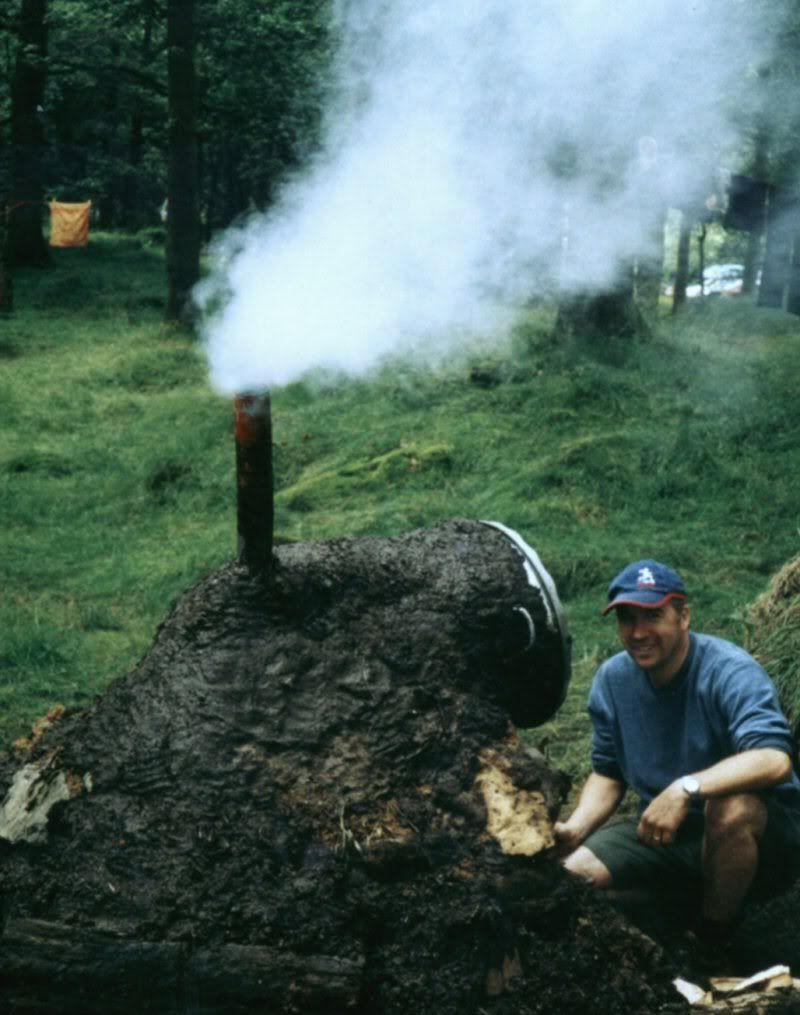Hi guys, I could really do with some help,
whilst out in the woods recently I thought it would be a great idea to try and build an oven out of an 55gal oil drum to cook a FULL roast for a group of around 12 friends.
in my head this seemed very simple . . dig a pit for fire - cut one end off drum (clean it out) - add a grill shelf - place drum over fire - add chimney to rear - cover most of it in mud . . tadaa!! ready for meat, goose fat spuds, honey glazed parsnips & yorkshire puds . . has anyone tried this?
as i said in my head this works perfect but after a few hours of google searching iv not found very much that resembles it but i did find someone asking about sealing the door . . uh oh didnt think about that :yikes:
but i did find someone asking about sealing the door . . uh oh didnt think about that :yikes:
This is were you exceptionally smart people come in
does the oven sound like it would work?
any ideas on the door seal?
any ideas in general that would be better than mine?
Thanks guys any and all help with this would be much appreciated


whilst out in the woods recently I thought it would be a great idea to try and build an oven out of an 55gal oil drum to cook a FULL roast for a group of around 12 friends.
in my head this seemed very simple . . dig a pit for fire - cut one end off drum (clean it out) - add a grill shelf - place drum over fire - add chimney to rear - cover most of it in mud . . tadaa!! ready for meat, goose fat spuds, honey glazed parsnips & yorkshire puds . . has anyone tried this?
as i said in my head this works perfect but after a few hours of google searching iv not found very much that resembles it
This is were you exceptionally smart people come in
does the oven sound like it would work?
any ideas on the door seal?
any ideas in general that would be better than mine?
Thanks guys any and all help with this would be much appreciated




 Build Your Own Earth Oven: A Low-Cost, Wood-Fired Mud Oven, Simple Sourdough Bread, Perfect Loaves
Build Your Own Earth Oven: A Low-Cost, Wood-Fired Mud Oven, Simple Sourdough Bread, Perfect Loaves